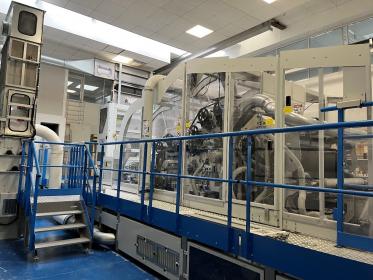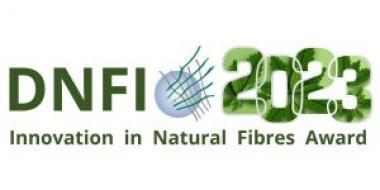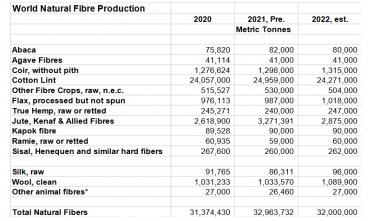ANDRITZ: Neue Spunlace-Pilotanlage für Natur- und Recycling-Fasern
Der internationale Technologiekonzern ANDRITZ hat in seinem Technikum in Montbonnot, Frankreich, eine neue Spunlace-Pilotanlage errichtet. Damit können Kunden und Partner Versuche zur Herstellung von Vliesstoffen aus recycelten und/oder natürlichen Fasern wie Hanf, Flachs und Baumwolle durchführen.
Die neue Pilotanlage zeichnet sich durch optimierte Vliesbildung und Verfestigung aus, die eine reibungslose Verarbeitung von empfindlichen und unregelmäßigen Fasern ermöglicht. Durch den innovativen Aufbau der Krempel wird die Qualität der Fasern geschützt und erhalten, und gleichzeitig werden hervorragende Produktivitätsraten erzielt.
Eine weitere Besonderheit dieser Pilotanlage ist das integrierte Digitalisierungssystem ANDRITZ Metris. Es ermöglicht den Betreibern, alle nützlichen Daten über die Kapazität und Leistung der Anlage zu sammeln und zu analysieren. Dies ist ein perfektes Instrument, um Kosten zu optimieren, Zeit zu sparen und Wartung vorausschauend zu planen.
Mit der neuen Anlage betreibt das Team von ANDRITZ Nonwoven nun zwei Spunlace-Pilotanlagen im Technikum Montbonnot. Die erste Anlage verfügt über optimierte Verfahren, zum Beispiel WetlaceTM, für die Verarbeitung verschiedener synthetischer und bio-basierter Fasern. ANDRITZ-Prozessexpert:innen sorgen dafür, dass in Montbonnot Spitzentechnologie und Know-how unter einem Dach verfügbar sind.
ANDRITZ AG











